The global GNSS testing market is expected to grow from USD 793.26 million in 2019 to USD 1783.45 million by 2027, at a CAGR of 10.64% during the forecast period from 2020-2027.
Global Navigation Satellite System (GNSS) testing is the system that provides navigation and other services to users worldwide. It employs the satellites to broadcast the signals that are processed by GNSS receivers to determine speed, time, and location for users anywhere in the world. There are various methods used for the testing of GNSS, which includes laboratory-based tests, real-world testing (field testing), static scenario testing, and comparison testing. These are used for verifying the multipath tolerance, accuracy, and sensitivity of GNSS receivers.
The global GNSS testing market is anticipated to witness the rapid growth, owing to rising demand from users for the improvement in terms of reliability and performance of GNSS receivers. In addition to this, increase in stringent mandating regulations to evaluate the performance of GNSS testing, further driving the growth of the market. Thus, with the increasing legislative progress in the market, the number of GNSS testing operations are proliferating. However, testing of the GNSS receiver is a bit expensive process, which could hamper the market growth over the forecast period.
This study delivers a comprehensive analysis of type, application, and region. The type segment includes simulation products and record & playback products. Simulation products accounted for a major market share of 48.26% in the year 2019. Simulation products efficient and effective ways to test the GNSS receivers, which matches the environment of the GNSS receiver on the dynamic platform by modeling all the scenarios, which causes the receiver to navigate according to the parameters of test scenarios. Thus, the increasing use of simulation products for the testing of GNSS, owing to its cost-effectiveness, driving the growth of this particular segment. The application segment classified into government–non-military, government–military, labs/institutes, universities, space, chipset, automotive/drones/CAV, consumer devices, precision agriculture, and rail & road. The automotive/drones/ CAV segment is anticipated to grow at the highest CAGR of 13.55% over the forecast period. With the increasing trend of autonomous and driverless vehicles, the demand for GNSS is likely to increase in the future. This technology is capable of providing decimetre-level accuracy to navigate a car and to maintain a safe distance from another vehicle.
The GNSS testing market has been divided into North America, Europe, Asia-Pacific, Middle East & Africa, and South America. North America region held the dominant market share of 37.26% in the year 2019. This is mainly due to high research and development activities are being conducted on the GNNS receivers in the region. In addition to this, the presence of key players across the region, further driving the market growth in North America.
Some of the prominent players in the GNSS testing market are Spectracom, Racelogic, National Instruments, Rohde & Schwarz, Agilent/Keysight Technologies, UNINAV (SNRGNSS), Ifen, Skydel, Syntony, Supernavi, and Spirent among others. Major players are continuously focused on strategic partnerships, new developments, acquisitions, and venture capital investments to obtain high growth to gain a significant share in the market. In September 2019, Racelogic announced the introduction of new GNSS data logger, a new generation of highly flexible, enhanced accuracy GNSS data loggers, for the use in many types of automotive tests such as acceleration, braking, and speed verification.
This study forecasts revenue growth at global, regional, and country levels from 2013 to 2027. Fior Markets has segmented the on the basis of below-mentioned segments:
Chapter 1 Introduction 21
1.1 Research Methodology 21
1.2 FMR desk research 22
1.2.1 FMR data synthesis 23
1.2.2 Data validation and market feedback 24
1.2.3 FMR data sources 24
Chapter 2 Global GNSS Testing Market Overview 27
2.1 Product Overview and Scope of GNSS Testing 27
2.2 Market Status and Outlook 29
2.2.1 Global GNSS Testing Market Size and Analysis by Regions (2013-2018) 30
2.2.2 North America GNSS Testing Market Status and Outlook 32
2.2.3 Europe GNSS Testing Market Status and Outlook 33
2.2.4 Asia-Pacific GNSS Testing Market Status and Outlook 34
2.2.5 South America GNSS Testing Market Status and Outlook 35
2.2.6 Middle East & Africa GNSS Testing Market Status and Outlook 36
2.3 Classification of GNSS Testing by Product 37
2.3.1 Global GNSS Testing Revenue (Million USD) and Growth (%) Comparison by Product (2013-2027) 37
2.3.2 Global GNSS Testing Revenue (Million USD) Market Share (%) by Product in 2017 38
2.3.3 Simulation Products 40
2.3.4 Record & Playback Products 41
2.3.5 Others 42
2.4 GNSS Testing Market by End Users/Application 43
2.4.1 Govt – Non military 45
2.4.2 Govt – Military 46
2.4.3 Labs Institutes 47
2.4.4 Universities 48
2.4.5 Space 49
2.4.6 Chipset 50
2.4.7 Automotive Drones CAV 51
2.4.8 Consumer devices 52
2.4.9 Precision Agriculture 53
2.4.10 Rail & Road 54
Chapter 3 Global GNSS Testing Market Competition by Manufacturers 55
3.1 Global GNSS Testing Market Size (Million USD) by Players (2013-2018) 55
3.2 Competitive Status and Trend 60
3.3 The Technology Trends in Future 62
Chapter 4 Company (Top Players) Profiles and Key Data 63
4.1 Spectracom 63
4.1.1 Company Profile 63
4.1.2 Main Business/Business Overview 65
4.1.3 Products, Services and Solutions 66
4.1.4 Spectracom GNSS Testing Revenue (Million USD) (2013-2018) 67
4.1.5 Recent Developments 70
4.2 Racelogic 71
4.2.1 Company Profile 71
4.2.2 Main Business/Business Overview 72
4.2.3 Products, Services and Solutions 73
4.2.4 Racelogic GNSS Testing Revenue (Million USD) (2013-2018) 74
4.3 National Instruments 77
4.3.1 Company Profile 77
4.3.2 Main Business/Business Overview 78
4.3.3 Products, Services and Solutions 79
4.3.4 National Instruments GNSS Testing Revenue (Million USD) (2013-2018) 80
4.3.5 Recent Developments 83
4.4 Rohde & Schwarz 84
4.4.1 Company Profile 84
4.4.2 Main Business/Business Overview 85
4.4.3 Products, Services and Solutions 86
4.4.4 Rohde & Schwarz GNSS Testing Revenue (Million USD) (2013-2018) 87
4.4.5 Recent Developments 90
4.5 Agilent/Keysight Technologies 91
4.5.1 Company Profile 91
4.5.2 Main Business/Business Overview 93
4.5.3 Products, Services and Solutions 94
4.5.4 Keysight GNSS Testing Revenue (Million USD) (2013-2018) 95
4.5.5 Recent Developments 98
4.6 UNINAV(SNRGNSS) 99
4.6.1 Company Profile 99
4.6.2 Products, Services and Solutions 100
4.7 Ifen 101
4.7.1 Company Profile 101
4.7.2 Main Business/Business Overview 103
4.7.3 Products, Services and Solutions 104
4.8 Skydel 106
4.8.1 Company Profile 106
4.8.2 Main Business/Business Overview 107
4.8.3 Products, Services and Solutions 108
4.8.4 SKYDEL GNSS Testing Revenue (Million USD) (2013-2018) 109
4.8.5 Recent Developments 112
4.9 Syntony 113
4.9.1 Company Profile 113
4.9.2 Main Business/Business Overview 115
4.9.3 Products, Services and Solutions 116
4.9.4 Recent Developments 117
4.10 Supernavi 118
4.10.1 Company Profile 118
4.10.2 Main Business/Business Overview 119
4.10.3 Products, Services and Solutions 120
4.11 Spirent 121
4.11.1 Company Profile 121
4.11.2 Main Business/Business Overview 123
4.11.3 Products, Services and Solutions 124
4.11.4 SPIRENT GNSS Testing Revenue (Million USD) (2013-2018) 125
4.11.5 Recent Developments 128
Chapter 5 Global GNSS Testing Market Size by Product and Application (2013-2018) 129
5.1 Global GNSS Testing Market Size by Product (2013-2018) 129
5.2 Global GNSS Testing Market Size by Application (2013-2018) 132
Chapter 6 North America GNSS Testing Development Status and Outlook 135
6.1 North America GNSS Testing Market Size (2013-2018) 135
6.2 North America GNSS Testing Market Size and Market Share by Players (2013-2018) 136
6.3 North America GNSS Testing Market Size by Application (2013-2018) 138
Chapter 7 Europe GNSS Testing Development Status and Outlook 141
7.1 Europe GNSS Testing Market Size (2013-2018) 141
7.2 Europe GNSS Testing Market Size and Market Share by Players (2013-2018) 142
7.3 Europe GNSS Testing Market Size by Application (2013-2018) 144
Chapter 8 Asia-Pacific GNSS Testing Development Status and Outlook 147
8.1 Asia-Pacific GNSS Testing Market Size (2013-2018) 147
8.2 Europe GNSS Testing Market Size and Market Share by Players (2013-2018) 148
8.3 Asia-Pacific GNSS Testing Market Size by Application (2013-2018) 150
Chapter 9 China GNSS Testing Development Status and Outlook 153
9.1 China GNSS Testing Market Size (2013-2018) 153
9.2 China GNSS Testing Market Size by Application (2013-2018) 154
Chapter 10 South America GNSS Testing Development Status and Outlook 157
10.1 South America GNSS Testing Market Size (2013-2018) 157
10.2 South America GNSS Testing Market Size by Application (2013-2018) 158
Chapter 11 Middle East & Africa GNSS Testing Development Status and Outlook 161
11.1 Middle East & Africa GNSS Testing Market Size (2013-2018) 161
11.2 Middle East & Africa GNSS Testing Market Size by Application (2013-2018) 162
Chapter 12 Market Forecast by Regions, Product and Application (2018-2027) 165
12.1 Global GNSS Testing Market Size(Million USD) by Regions (2018-2027 166
12.2 North America GNSS Testing Revenue and Growth Rate (2018-2027) 169
12.3 Europe GNSS Testing Revenue and Growth Rate (2018-2027) 170
12.4 Asia-Pacific GNSS Testing Revenue and Growth Rate (2018-2027) 171
12.5 China GNSS Testing Revenue and Growth Rate (2018-2027) 172
12.6 South America GNSS Testing Revenue and Growth Rate (2018-2027) 173
12.7 Middle East & Africa GNSS Testing Revenue and Growth Rate (2018-2027) 174
12.8 Global GNSS Testing Market Size by Application (2018-2027) 175
12.9 Global GNSS Testing Market Size by Product (2018-2027) 178
Chapter 13 GNSS Testing Market Dynamics 181
13.1 GNSS Testing Market Opportunities 181
13.2 GNSS Testing Market Driving Force 182
Chapter 14 GNSS Testing Market Dynamics for China 183
14.1 Drivers of GNSS Testing market in China 183
14.2 Restrains 184
14.3 Recent Developments 184
Chapter 15 Research Findings and Conclusion 185
1
Market research is a method of gathering, assessing and deducing data & information about a particular market. Market research is very crucial in these days. The techniques analyze about how a product/service can be offered to the market to its end-customers, observe the impact of that product/service based on the past customer experiences, and cater their needs and demands. Owing to the successful business ventures, accurate, relevant and thorough information is the base for all the organizations because market research report/study offers specific market related data & information about the industry growth prospects, perspective of the existing customers, and the overall market scenario prevailed in past, ongoing present and developing future. It allows the stakeholders and investors to determine the probability of a business before committing substantial resources to the venture. Market research helps in solving the marketing issues challenges that a business will most likely face.
Market research is valuable because of the following reasons:
Our research report features both the aspects; qualitative and quantitative. Qualitative part provides insights about the market driving forces, potential opportunities, customer’s demands and requirement which in turn help the companies to come up with new strategies in order to survive in the long run competition. The quantitative segment offers the most credible information related to the industry. Based on the data gathering, we use to derive the market size and estimate their future growth prospects on the basis of global, region and country.
Our market research process involves with the four specific stages.
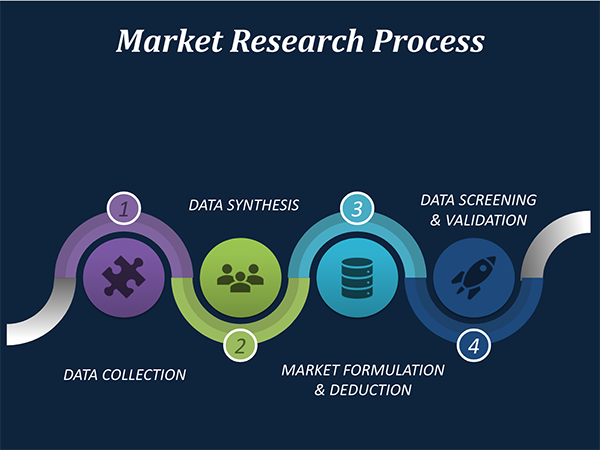
Data Collection: This stage of the market research process involves with the gathering and collecting of the market/industry related data from the sources. There are basically two types of research methods:
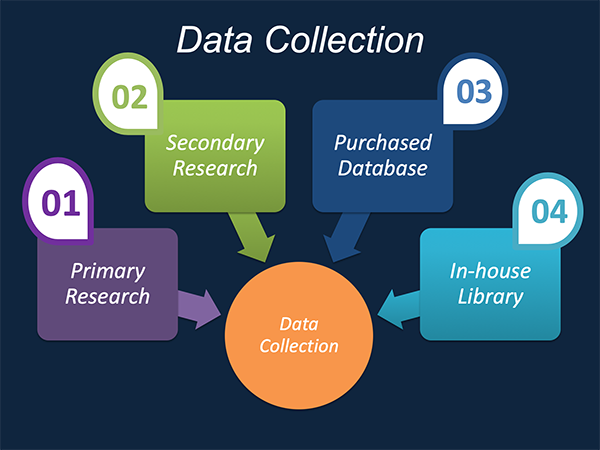
Data Synthesis: This stage includes the evaluation and assessment of all the data acquired from the primary and secondary research. It likewise includes in evaluating the information for any disparity watched while information gathering identified with the market. The data & information is gathered with consideration to the heterogeneity of sources. Scientific and statistical methods are implemented for synthesizing dissimilar information sets and provide the relevant data which is fundamental for formulating strategies. Our organization has broad involvement with information amalgamation where the information goes through different stages:
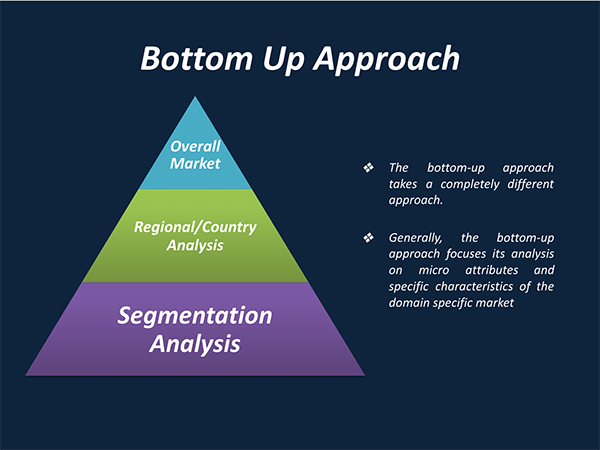
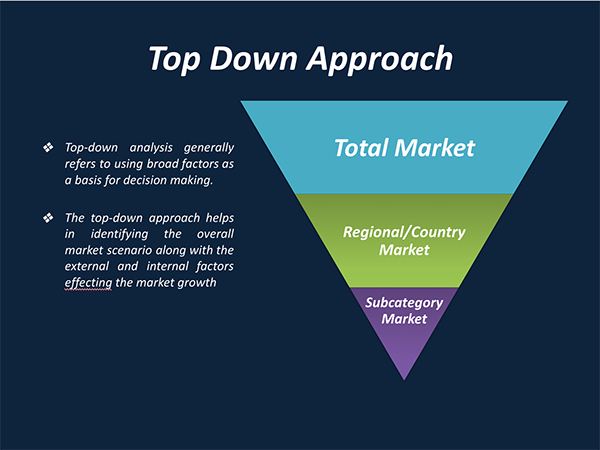
Market Formulation & Deduction: The last stage includes assigning the data & information in a suitable way in order to derive market size. Analyst reviews and domain based opinions based on holistic approach of market estimation combined with industry investigation additionally features a crucial role in this stage.
This stage includes with the finalization of the market size and numbers that we have gathered from primary and secondary research. With the data & information addition, we ensure that there is no gap in the market information. Market trend analysis is finished by our analysts by utilizing data extrapolation procedures, which give the most ideal figures to the market.
Data Validation: Validation is the most crucial step in the process. Validation & re-validation through scientifically designed technique and process that helps us finalize data-points to be used for final calculations. This stage also involves with the data triangulation process. Data triangulation generally implicates the cross validation and matching the data which has been collected from primary and secondary research methods.
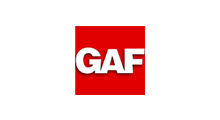

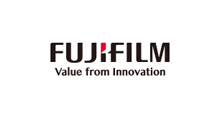
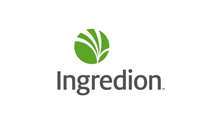

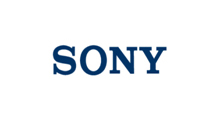
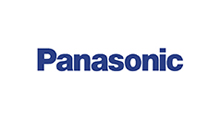
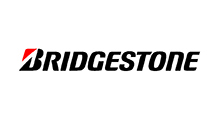
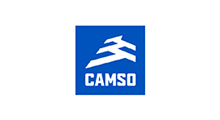
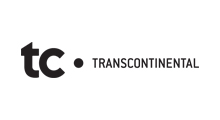
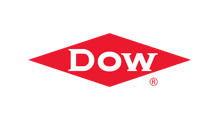
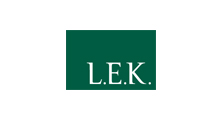


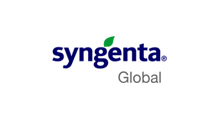


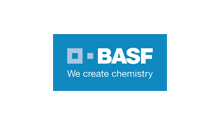
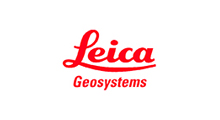
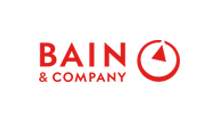
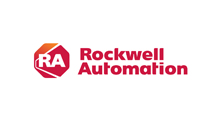
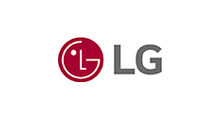
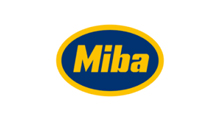
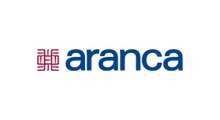
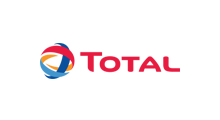
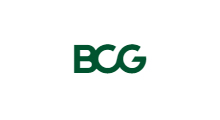
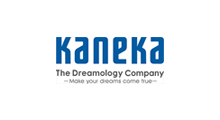
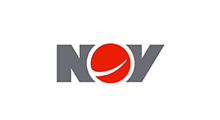

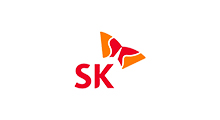
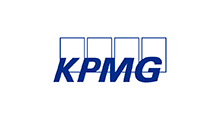
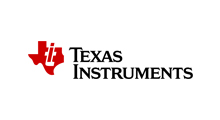
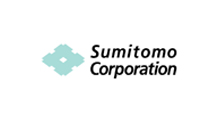
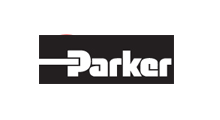
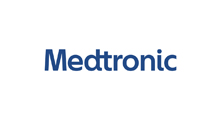
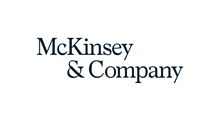


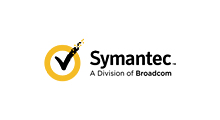
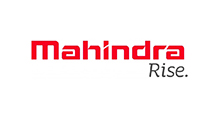
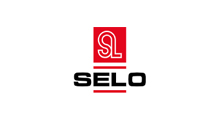
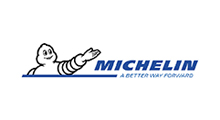

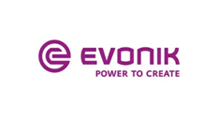

Free Customization
Countries can be added on demand
Free yearly update on purchase of Multi/Corporate User License
Companies served till date

We serve our customers 24x7 for 365 days through calls, emails and live chat options.

Huge database of exceptional market reports bringing market intelligence to your fingertips.

SSL enabled, we offer you various secured payment options for risk free purchase.